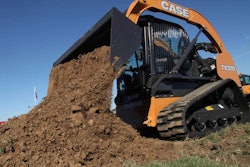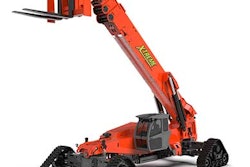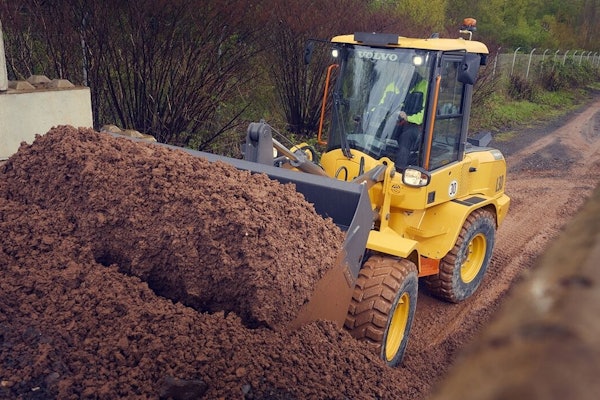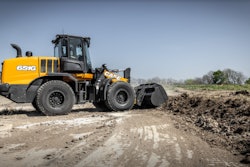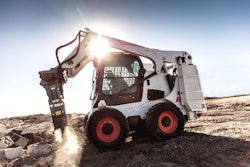Editor's Note: This is Part Two of a three-part series on the role fleet managers will play in achieving zero emissions for the construction industry. Read Part One here.
The Association of Equipment Management Professionals is well known for teaching its members a data-driven, engineering mindset to maximize uptime and ROI on the heavy equipment assets of some of the largest construction fleets in the world.
But backstopping all the rigorous analytic work has always been a unique emphasis on the people part of the equation — recruiting, training and promoting tomorrow’s fleet managers.
This same human resource emphasis was a big part of the AEMP Sustainability Summit held in Denver, Colorado, in July. One of the key messages from that two-day event was that the future of environmental improvements in the construction industry were almost entirely dependent on communication skills and personnel management.
“We have to focus on the people perspective, what drives people to want to have a sustainable organization, says David Bolderoff, CEM, fleet manager for the sanitation districts of Lost Angeles County and a Sustainability Taskforce founder. “Identify stakeholders with a common interest, customers, clients communities. Understand the drivers there. Make sure we’re doing the right thing for all of them.”
Fortunately, the push for reducing CO2 at many of the biggest construction companies represented at the Sustainability Summit was coming from the top of the organization: boards, presidents and CEOs.
